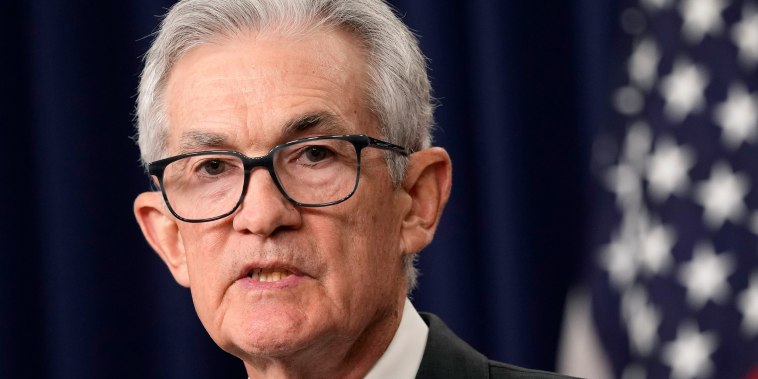Inflation Shocks and Policy Response
The Federal Reserve’s decision to keep interest rates higher for a longer time may not necessarily be a negative development, despite concerns in some quarters about its potential impact on economic growth. As the economy continues to recover from the unprecedented shocks of the COVID-19 pandemic, the Fed’s stance reflects a prudent approach to managing inflationary pressures and fostering stability in financial markets.
One of the primary reasons for the Fed’s cautious stance on interest rates is the significant disruption caused by inflation shocks in recent months. The sudden surge in prices for key commodities, such as energy and food, has raised concerns about the possibility of sustained inflationary pressures that could erode purchasing power and undermine economic stability. By keeping rates higher for longer, the Fed aims to signal its commitment to price stability and mitigate the risk of runaway inflation.
Moreover, the Fed’s decision to maintain a tighter monetary policy stance can also be seen as a response to the challenges posed by the ongoing supply chain disruptions and labor market dynamics. The post-pandemic economic recovery has been uneven, with some sectors experiencing rapid growth while others continue to struggle with capacity constraints and labor shortages. In this context, higher interest rates serve as a tool for moderating excessive risk-taking and speculative behavior that could exacerbate imbalances in the economy.
Additionally, the Fed’s focus on a gradual normalization of monetary policy reflects a recognition of the inherent trade-offs involved in managing the recovery process. While lower interest rates can boost economic activity and support job creation in the short term, they also carry the risk of fueling asset bubbles and unsustainable levels of debt. By maintaining a cautious stance on rates, the Fed aims to strike a balance between supporting growth and preventing the buildup of financial vulnerabilities.
Furthermore, the Fed’s communication strategy plays a crucial role in shaping market expectations and guiding investor behavior. By signaling its intention to keep rates higher for an extended period, the Fed aims to minimize the risk of abrupt market reactions and provide greater certainty to businesses and consumers. This forward guidance helps to anchor long-term interest rates and fosters a more stable and predictable investment environment.
In conclusion, while the Fed’s decision to keep rates higher for longer may face criticism from some quarters, it can be seen as a rational response to the complex challenges facing the economy. By prioritizing price stability and financial resilience, the Fed aims to navigate the post-pandemic landscape and support sustainable growth over the long term. Effective communication and a cautious approach to monetary policy are essential tools for managing the uncertainties of the current environment and ensuring a stable and resilient economic recovery.
